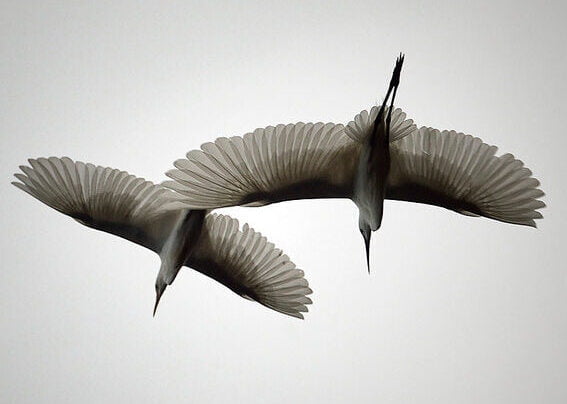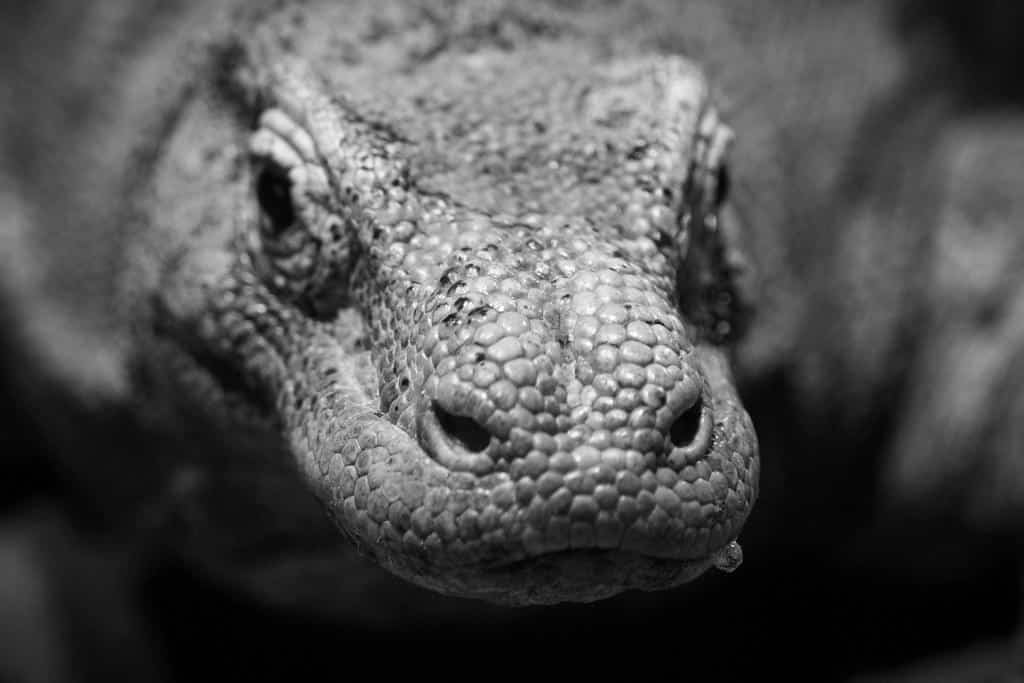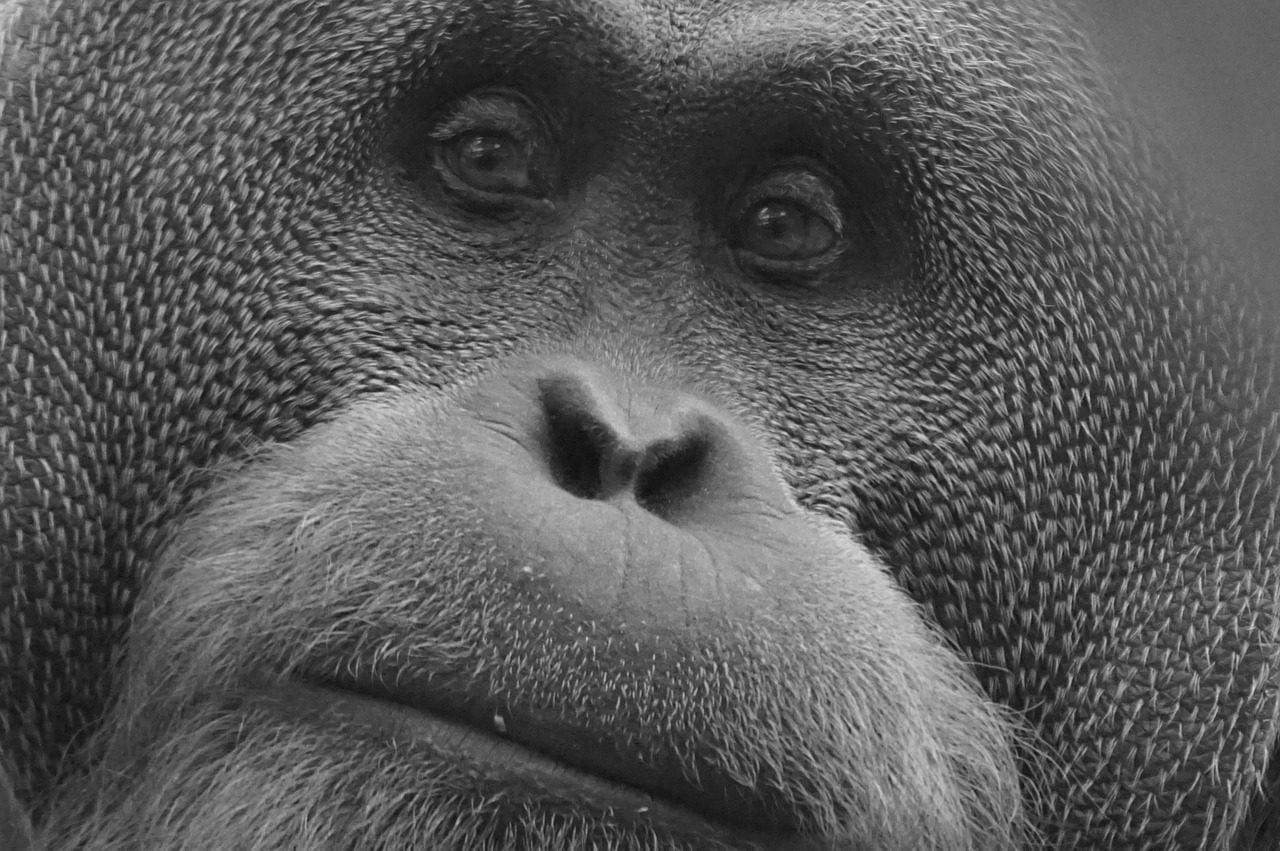The herons are well known and an impressive spectacle as they fly every evening into the trees of the Petulu village to sleep and feed their offspring.
Discover the Legends of the Herons, or Kokokan birds in Petulu Gunung, Bali.
For many visitors to Bali, the unofficial story behind the Petulu herons is one of the first hints that there’s more to the people and culture than would appear in the smiling faces and brightly colored ceremonial clothes.
In this Article
Legends of the Herons, or Kokokan birds in Bali
The unofficial legend of the arrival of the herons
The political events during 1965 in Indonesia and the subsequent coup d’état which contributed to Suharto taking power resulted in a mass purge of “suspected” Communists (PKI) – or anyone accused of being such – around Indonesia including Bali continuing through 1965 and 1966.
As many as one hundred thousand, other say 500.000 people are believed to have been killed in Bali alone and the fields near Petulu were reportedly one such massacre site.
Shortly after the killings, the birds are said to have appeared en masse for the first time and have continued to roost in the trees every evening since, and the widespread belief in Bali is that the birds are the reincarnated victims.
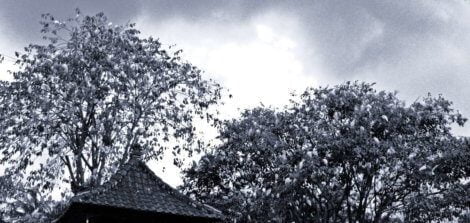
However,the folk of Banjar Petulu (Banjar = part of village) and the brochure they hand out to tourists portrays another tale, that the birds arrived as a symbol of prosperity and good luck after the village performed a special ceremony in the temple.
The massacres have been swept under the covers of Indonesian history, even in myth.
The legend of the arrival of the herons
Once upon a time, in a poor village on the outskirts of a prosperous town, the denizens of the area were wondering why the world and its prosperity seemed to pass them by.
The village itself was pleasant, cool and peaceful, but isolated. Historically, inadequate roads left the village of Petulu isolated and poor. Many people left to work in other parts of Bali to support their families. The region’s political turmoil exacerbated the local lack of economic development until Petulu Gunung’s villagers decided that it was time for them to take action against an unforgiving modern world.
Together, on October 25th 1965, the village set out to perform a big ceremony called Ngusa Benining, a ritual to purify their neighborhood from all evil aspects and bring them prosperity and growth.
So they organized a big ceremony, and Yajna or Yadnya– special offerings, at their Pura Desa, the village temple, to ask divine intervention. The people believe that by performing this ceremony, to include ritual cleansing of the grounds, the shrines and its contents, the community would be rewarded with a life of harmony, peace and prosperity.
Mangku Desa, the village priest, chose an auspicious day, Kliwon Landep to perform the ceremony and the villagers set to work, preparing everything needed for the ritual. They collected bamboo trees, coconut leaves, rice, eggs, and the sacrificial animals.
While engaged in their preparations some of the people spotted a few herons, which they call Kokokan, perching in the tree in front of Mangku’s house. As the birds were not known to nest in the area, it was an unusual sight and it turned out to be an omen.
The big ceremony lasted several days and was completed smoothly and in total respect and peace. The villagers were all happy and proud that they were able to offer such a great homage to the gods even though they were poor and destitute. The ceremony ended November 7th, 1965 and the herons came to Petulu Gunung.
At first a group of herons started nesting in several trees in the village. More and more came, and in such great numbers that soon, every tree in the village was populated by herons.
The villagers marveled at that and interpreted it as a gift from the gods that needed to be acknowledged and looked after.
And so they made it a point to accept and respect the Kokokan birds and safeguard them in their village. They issued special regulations called awig-awig to protect them and keep them from being disturbed because they believe that if the birds were disturbed, it would bring disharmony and disaster to the village.
The village Petulu Gunung
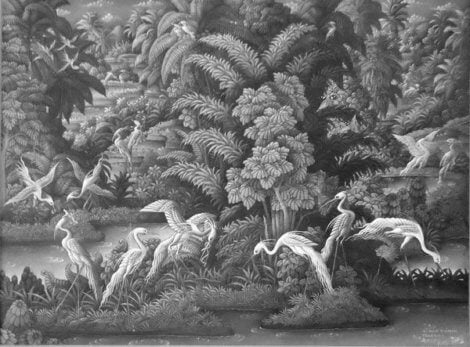
The village has become a natural habitat and nesting place for a colony of thousands of herons (mainly egrets).
The heron sanctuary is indeed a phenomenon as it is limited to this particular village and does not extend to the surrounding area.
The Petulu people respect and revere the birds. To give thanks for their prosperity and to keep the birds in their village, they hold special piodalan ceremonies twice a year on every Kliwon Kuningan, the Saturday following the Galungan holiday.
It is believed the ceremonies help to keep the birds healthy and fertile, and maintain the harmony between the birds and the people from the village.
They turned this natural phenomenon into a tourist attraction. Soon the roads were repaired and tourists and spectators started to arrive to gawk to witness this phenomenon.
The village was no longer isolated and the migrant workers returned to take up jobs as caretakers of the birds, to open little shops selling food, drinks and little souvenirs for the tourists who come to visit.
Some villagers are making handicrafts, paintings, or statues and others organize walking and cycling tours.
On top of bringing tourists to Petulu, these Kokokan birds have an agricultural benefit. They prey on insects, lizards and other pests that inhabit freshwater areas such as rice fields. Essentially, they act as good pest control, but eat also the fishes the rice-farmer keeps in his field.
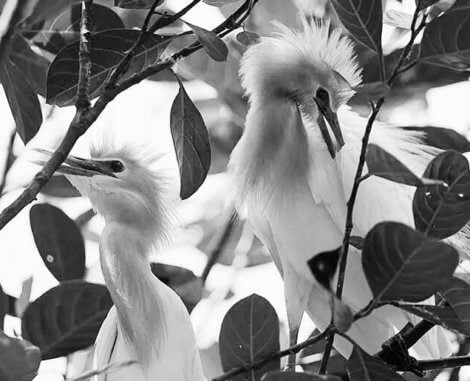
The village estimates that during breeding season the sanctuary is home to some 20,000 birds, to help care for them – a small entry fee is charged to tourists (a few 10,000 rupiah).
The viewing platforms at either end of the village offer a birds’-eye view, and during nesting season, you can see the chicks squabbling as their parents return to feed them. Asking for coffee at the platform, they said, they have only water, so we bought some.
Out of nowhere came the neighbor with a big smile, and a present, – very strong and very sweet – Balinese coffee, thank you for that.
“Avoid standing under trees, as the birds will send send you down ‘messages’.”
he said with an even bigger toothless smile.
Kokokan birds:
The Balinese clump 3 different species of birds together in the name category of “Kokokan”. Including:

Cattle Egret (Bubulcus ibis)
Plumed Egret (Ardea plumifera

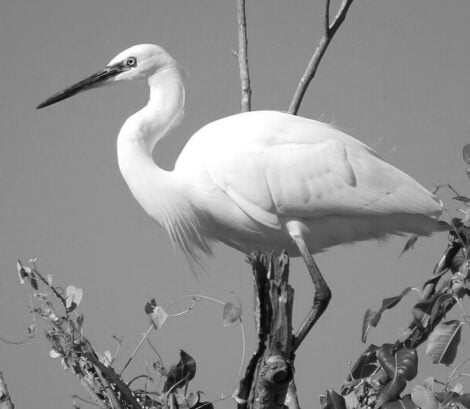
Little Egret (Egretta garzetta)
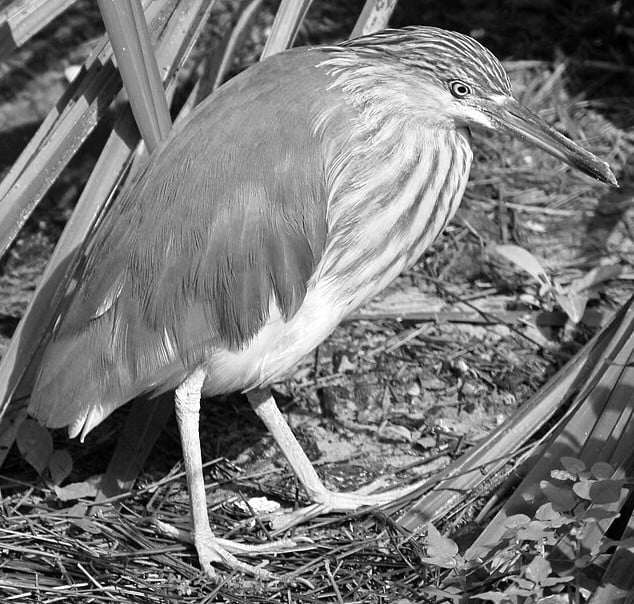
The Blekok bird (Javan Pond Heron, Ardeola speciose) is also occasionally sighted by the locals and visitors and bears great significance because of its rarity.
Mature herons will leave the village in search of food during the day but return by late afternoon to roost. That is when the spectacle kicks in. It is an exciting sight to see big flocks of birds return to the village and claim their spot in their home tree.
The village community has created a perfect viewing spot on the second floor of their bale banjar, the community center, which looks out to the surrounding rice fields and the nesting trees; where you can sit and watch the birds coming home to roost. It’s a great sunset activity to observe those noisily squawking birds perform their afternoon rituals, witness their pecking order, family squabbles, courtship activities and mating rituals firsthand.
After sunset and the kokokan peacefully sleeping on their trees, we watched two Balinese boys, taking care, hug, pet and train their Sabung, or fighting cocks just in front the bird platform.
RITUALS

On Kuningan, one of the most important religious celebrations for Balinese Hindus,the residents from Banjar Petulu Gunung near Ubud performe a ritual to pay their respects to the kokokan at their Pura Dalem temple.
Lavish and elaborate offerings containing food, fruit and colorful flowers arranged with young coconut leaves are presented at the Pura Dalem, the temple dedicated to Shiva and Durga, and surrounding shrines to honor the village’s sacred birds.
“The ritual is performed every six months, on Kuningan day, to pray for the birds which, local people strongly believe, bring prosperity and safety to the village and its residents,”
explained Mangku Made Tirta, one of the Hindu temple priests at the temple, writes Luh De Suriyani for Jakarta Post.
The villagers also planted hundreds of trees that Kokokan birds like, for example Buttonwood Trees (Conocarpus genus) that belong to the large tropical and subtropical white mangrove. The tree is considered rare and most favored by the birds. Also banyan trees, and the December tree are planted.
Another legend, popular through storytelling written by Togog Warta, and translated by Hildred Geertz, tells about a Kokokan prince:
Legend: Kokokan, the Chicken Prince
God Vishnu, in the forest, urinates into a half coconut shell and a maiden discovers it. Hot and thirsty, she drinks it. The god puts a spell on his urine:
“Whoever drinks this will become pregnant with my child!”
Time passes and she gives birth to a wild chicken (a kokokan). He can speak right away and soon is an adult. He gets his mother to plant pumpkins and then he himself plants rice, using his feet to scratch the soil and his beak to plant seedlings.
It grows in a moment and then his fellow villagers harvest it, so much that he is rich.
Then Kokokan tells his mother to go to the King and ask for the hand of his seventh daughter, the child of the high caste wife who will inherit the kingdom.
“I’d like to speak with you a moment, O Your Majesty!”
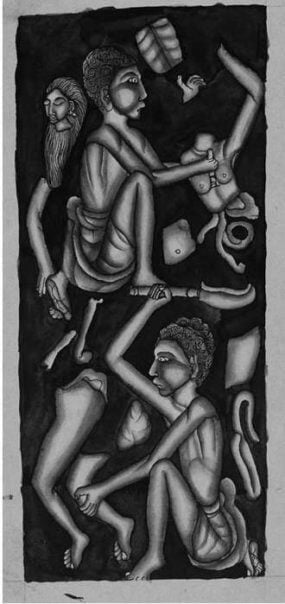
“What brings you here?”
“I would like — I would like to request …”
“What is it, just tell me!”
“I would like to ask for your daughter, the one in Jempeng, for my son to marry.”
And the king answered,
“Well! What makes you think your chicken son could marry my daughter! What sort of custom is this? Hey, Kaka Punta and Jero Dé!”
“Yes, My lord?”
“Take her over there and kill her, the mother of Kokokan. In the graveyard.”
When Kokokan finds out, he goes to her body, performs a ritual and brings her back to life. She comes home and Kokokan tells her to go again. She does this, and again the King has her killed.
This time they cut up her body into many pieces. When Kokokan finds out he calls all the ants to him and they put the body back together and he brings her back to life.
When she comes home he tells her to go again. This time when they kill her they take her flesh and use it for a ritual sacrifice (a caru) at the crossroads.
And then Kokokan finds out, goes there and the ants and some birds put her body back together and he brings her back to life.
Then he tells his mother to go to the King once more and ask for the hand in marriage of his daughter. And the King says yes.
Then Kokokan goes up to heaven (suarga) where he meets the god Shiva and tells him he wants to have a human form. And the god grants his wish.
The picture by Ida Bagus Ketut Togog Warta shows men chopping up a body. Their posture and knives are those of the everyday chopping up of meat to make caru offerings (bloody meat for demonic beings).
In Ketut Togog’s variant, it is the mother who is killed, while in others it is the animal prince himself. The theme of resurrection through sakti is vividly shown.
~ ○ ~
Works Cited & Multimedia Sources
- Banjar Petulu Gunung. Petulu Gunung Objek Wisata: Kokokan (Heron Bird Colony). Brochure.
- Balinese Hindus Celebrate a Ritual for Petulu’s White Herons. In: JAKARTA POST, Luh De Suriyan. 2013.
- Two thought-provoking documentary films by Joshua Oppenheimer. “The Act of Killing” and “The Look of Silence” explore the period of mass-killings in Bali.
- Arnold Sally. Petulu Heron Colony. https://www.travelfish.org/sight_profile/indonesia/bali/bali/ubud/3914
- To read more about herons, check the very informative www.heronconservation.org
Keep exploring:
